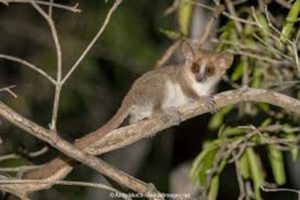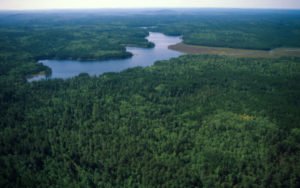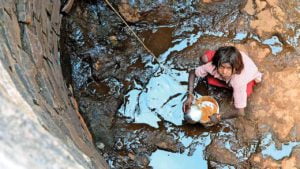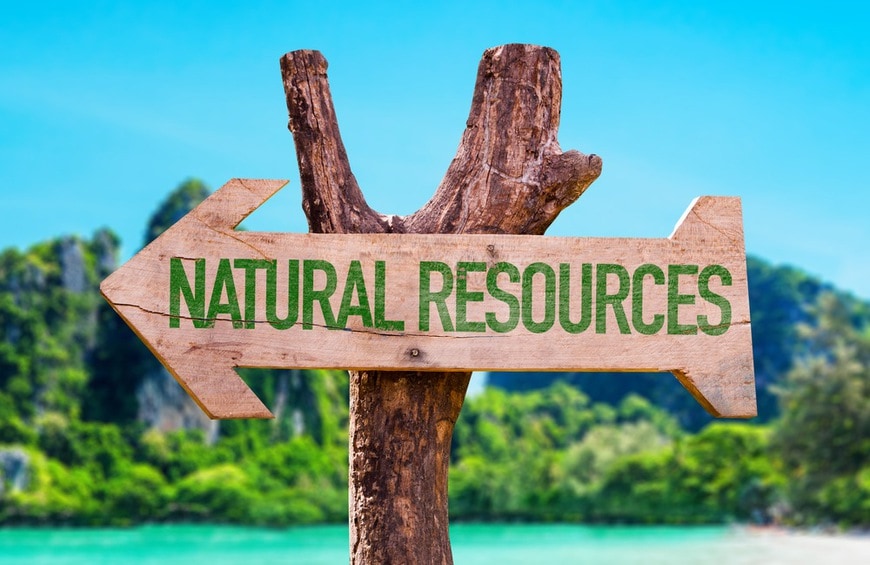Time on Earth is coming to an end for several species. In fact, the International Union for the Conservation of Nature (IUCN) Red List now includes 16,306 species that are endangered or threatened with extinction. Humans are the most serious threat to the survival of these species, with poaching, habitat destruction, and the effects of climate change driving many of the issues. In this article, we have listed 10 species of endangered animals that are in desperate need of our assistance, protection, and conservation.
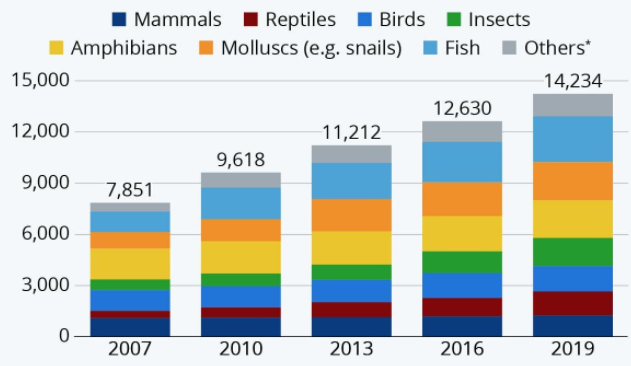
Rhinos
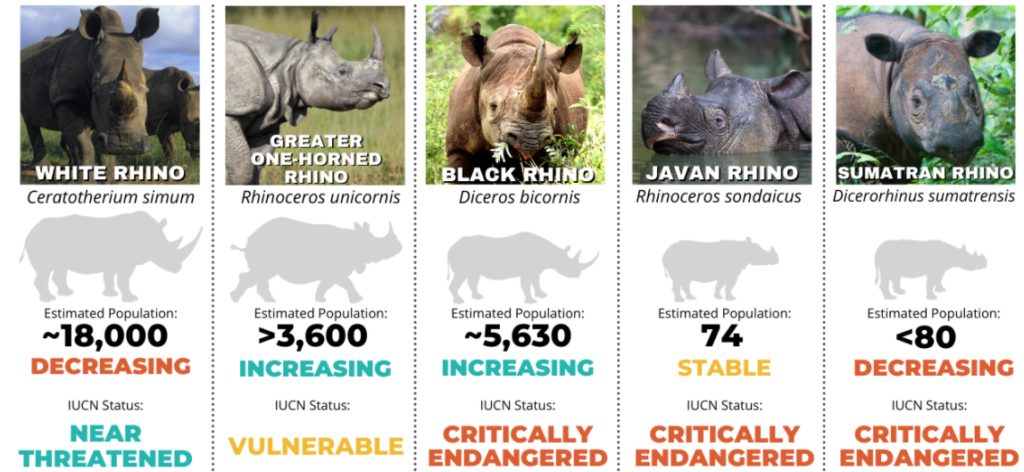
The name “Rhinocerous” comes from the Greek terms “Rhino” and “Ceros”, which signify nose horn in English. Unfortunately, poaching for this unusual horn is the largest threat to their survival. A rhinoceros horn is utilised in Traditional Chinese medicine and is presented as a status symbol and a display of riches. They are so precious that a kilogram of Javan rhino horn on the black market may fetch up to $30,000 USD.
As a result, three of the five rhinoceros species come under the endangered list. They are the Black rhino, the Javan rhino, and the Sumatran rhino. The Javan rhino is the most endangered of the species, with only 46 to 66 individuals remaining, all of which live in the Ujung Kulon National Park in Indonesia.
Vaquita
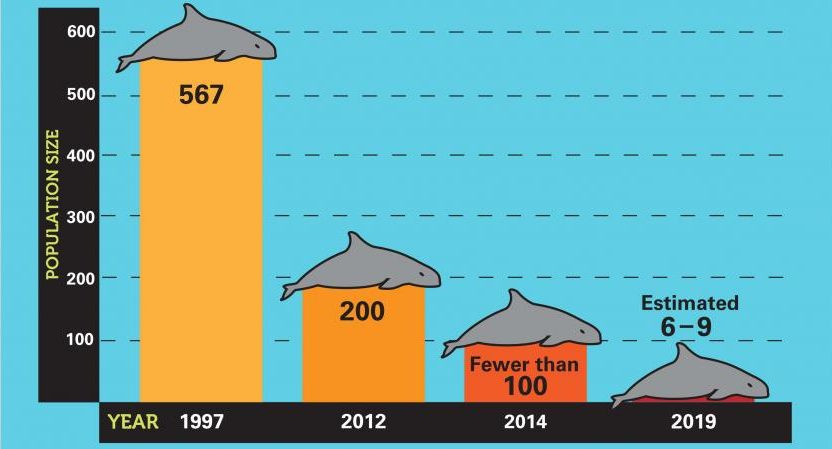
The Vaquita is a little harbour porpoise that lives in a very small area of the Gulf of California in Mexico. It is the smallest known Cetacean alive today, growing to lengths of only 4-5 feet. Furthermore, it weighs less than 100 pounds. The vaquita is the world’s smallest and most endangered marine animal. Since 1996, the IUCN has classified it as “critically endangered”. As of July 2019, there are currently only 9 members of the species, all of which live in a small area of the Gulf of California in Mexico.
The largest threat to this species is the illicit fishing of Totoaba, a large fish prized for its swim bladder. Vaquitas become entangled in Totoaba gillnets and drown because they can no longer swim to the surface to breathe. Hence, current efforts to preserve the species are now focusing on implementing gillnet prohibition and prosecuting individuals who use them.
Sea Turtles
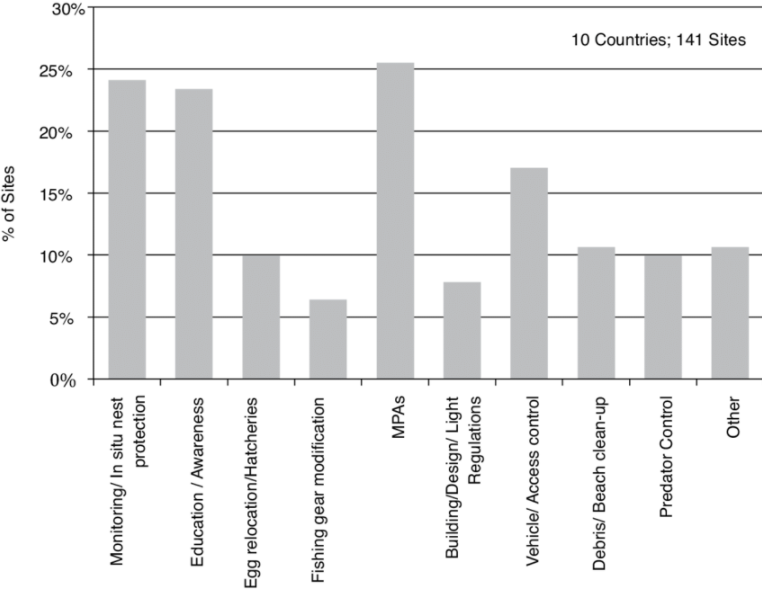
The IUCN Red List of Threatened Species lists two sea turtle species as critically endangered animals: Hawksbill Turtles and Kemps Ridley Turtles. Leatherback sea turtles are classified as “vulnerable”, even though their population is declining and some subpopulations are on the verge of extinction.
Poachers target sea turtle shells, eggs, flesh, and skin, making hunting one of the species’ most serious threats. They are also threatened by habitat loss, pollution, bycatch, and climate change. Furthermore, the temperature of the sand controls the gender of hatchlings, with eggs hatching as females under warmer temperatures. As a result, even little temperature fluctuations have the potential to distort population sex ratios.
Tigers
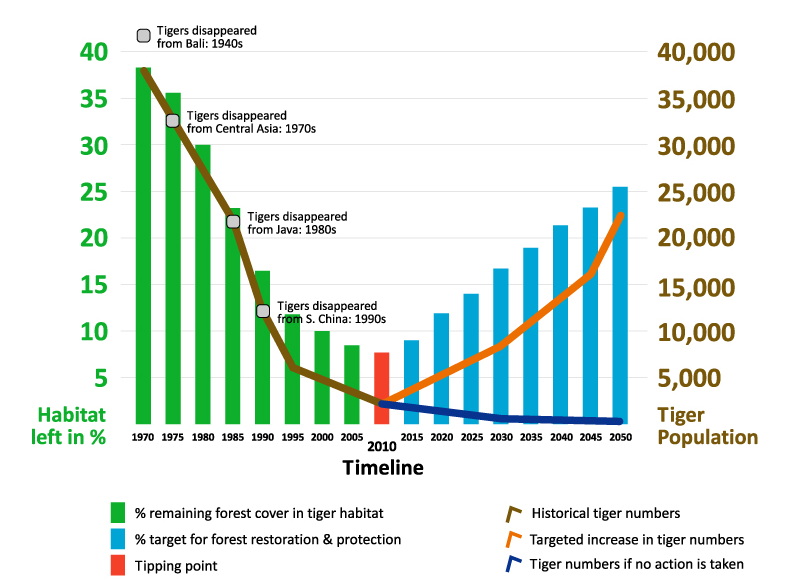
The IUCN Red List of Threatened Species classifies tigers as an endangered animal worldwide. Furthermore, Malayan and Sumatran subspecies are classified as “critically endangered”.
Tigers suffer unrelenting threats from poaching, retaliatory killings, and habitat loss. Furthermore, they must compete for space with a dense and frequently expanding human population. Now, Bandhavgarh National Park is one of the ideal spots to see wild tigers.
Kakapo
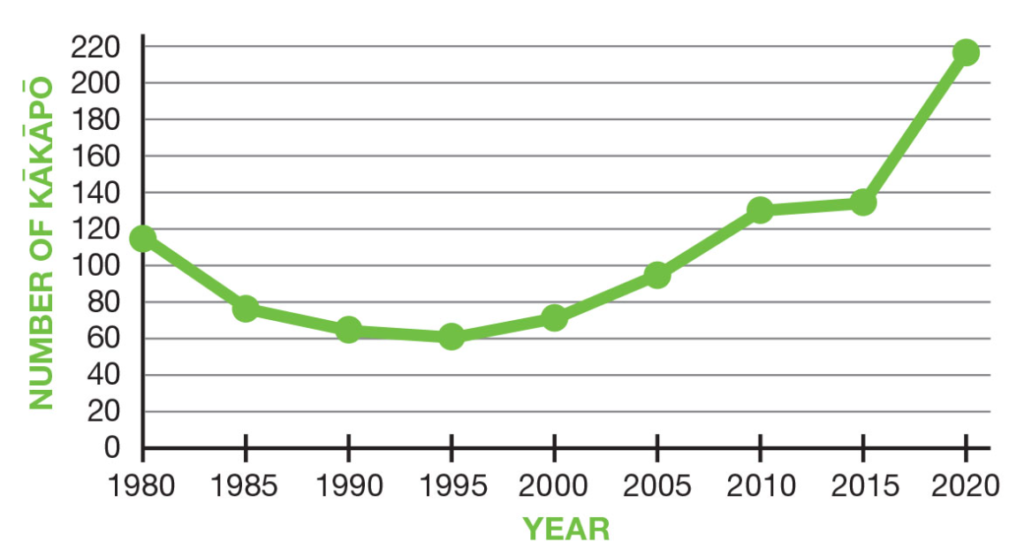
Kakapos are New Zealand’s nocturnal ground-dwelling parrots. These animals are critically endangered, with only about 140 individuals left. They were originally widespread in New Zealand and Polynesia, but now only live on two small islands off the coast of southern New Zealand. Introduced species such as cats and stoats that hunt using scent are one of the most serious threats to Kakapos. When confronted, a kakapo’s natural instinct is to freeze and blend in with the surroundings. It is efficient against predators who hunt by sight but not by smell.
Intensive conservation measures have resulted in a rise in population, which is a good thing. However, genetic diversity among the remaining kakapo is low, which may have an impact on survival in the future, especially if they get infected with a disease.
Bornean Orangutans
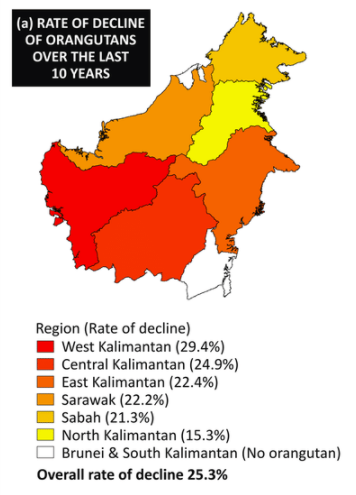
Due to its delayed reproduction, the highly endangered Bornean orangutan is already a fragile species. As a result, hunting poses a severe threat to the species, that is already losing its forest habitat due to the palm oil industry and agriculture. In fact, there were probably more than 230,000 orangutans in total a century ago, but the Bornean orangutan population is now projected to be at 104,700.
Amur Leopard
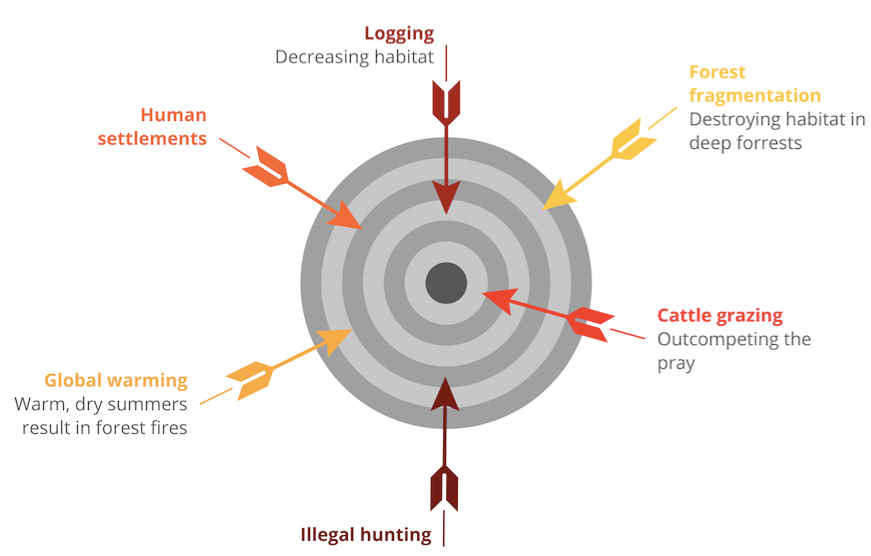
Amur leopards are among the most endangered large cats on the planet. They are listed as “critically endangered” on the IUCN Red List of Threatened Species, and at present, there are only about 70 individuals left.
Humans, like all other species on this list, are their greatest threat. Their magnificent coats, as well as their bones, are sought after by poachers for use in traditional Asian medicine. Furthermore, they are threatened by habitat loss, which is mostly caused by natural and man-made fires. Climate change is also altering the Amur leopard habitat and reducing prey availability.
Final Thoughts
Experts fear that many species will be extinct by the year 2050, as a result of the ongoing climate change. In fact, they believe that the number will be close to 1 million species. According to research, animal husbandry is another huge threat to many species that are on the verge of extinction, ranging from habitat loss to deforestation and other factors. Mitigating these human threats is a big first step to protecting the endangered animals of the world.
Overall, it is not wrong to say that, just as humans have the ability to endanger other species, they also have the ability, and the obligation, to save them.
Share with your friends


